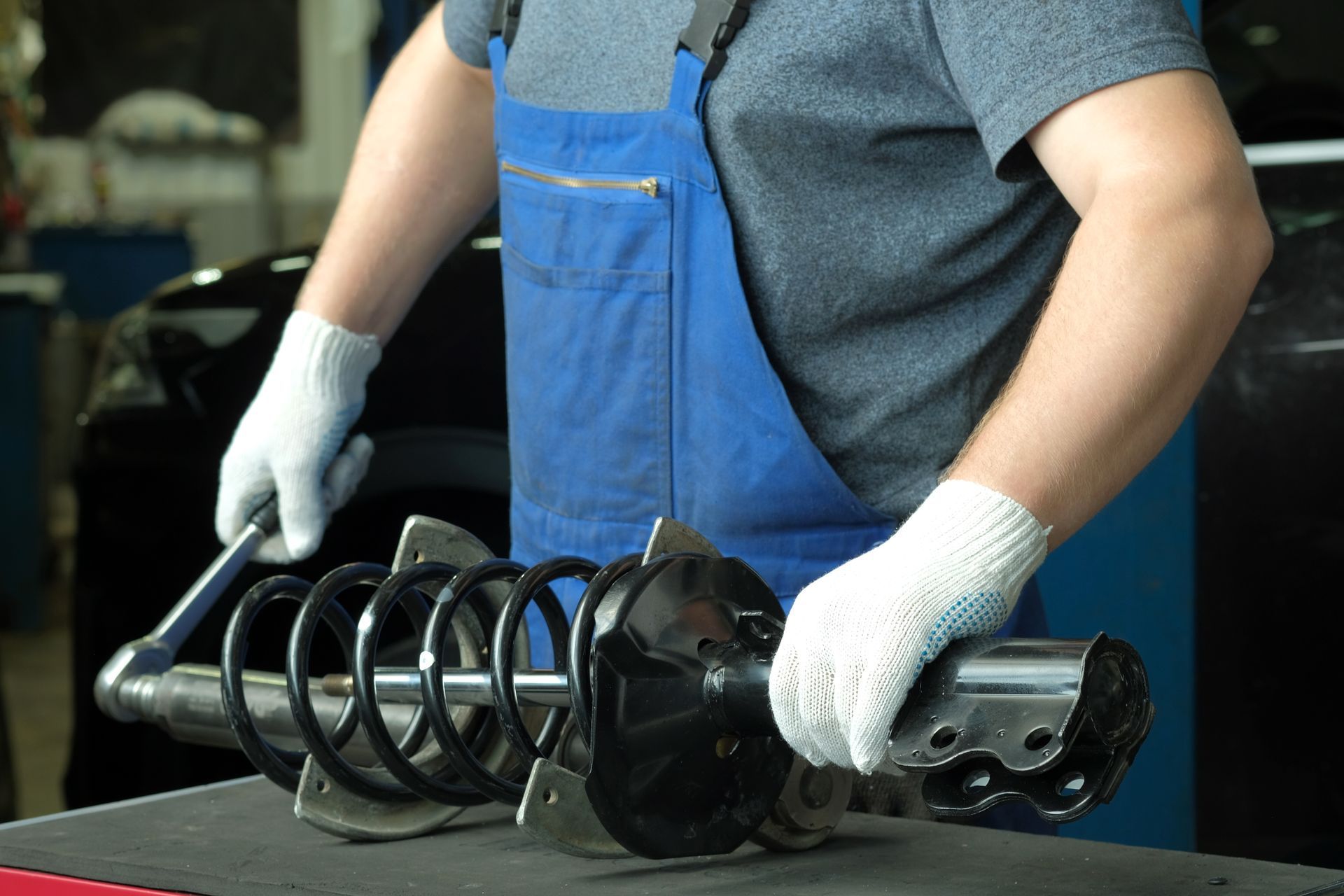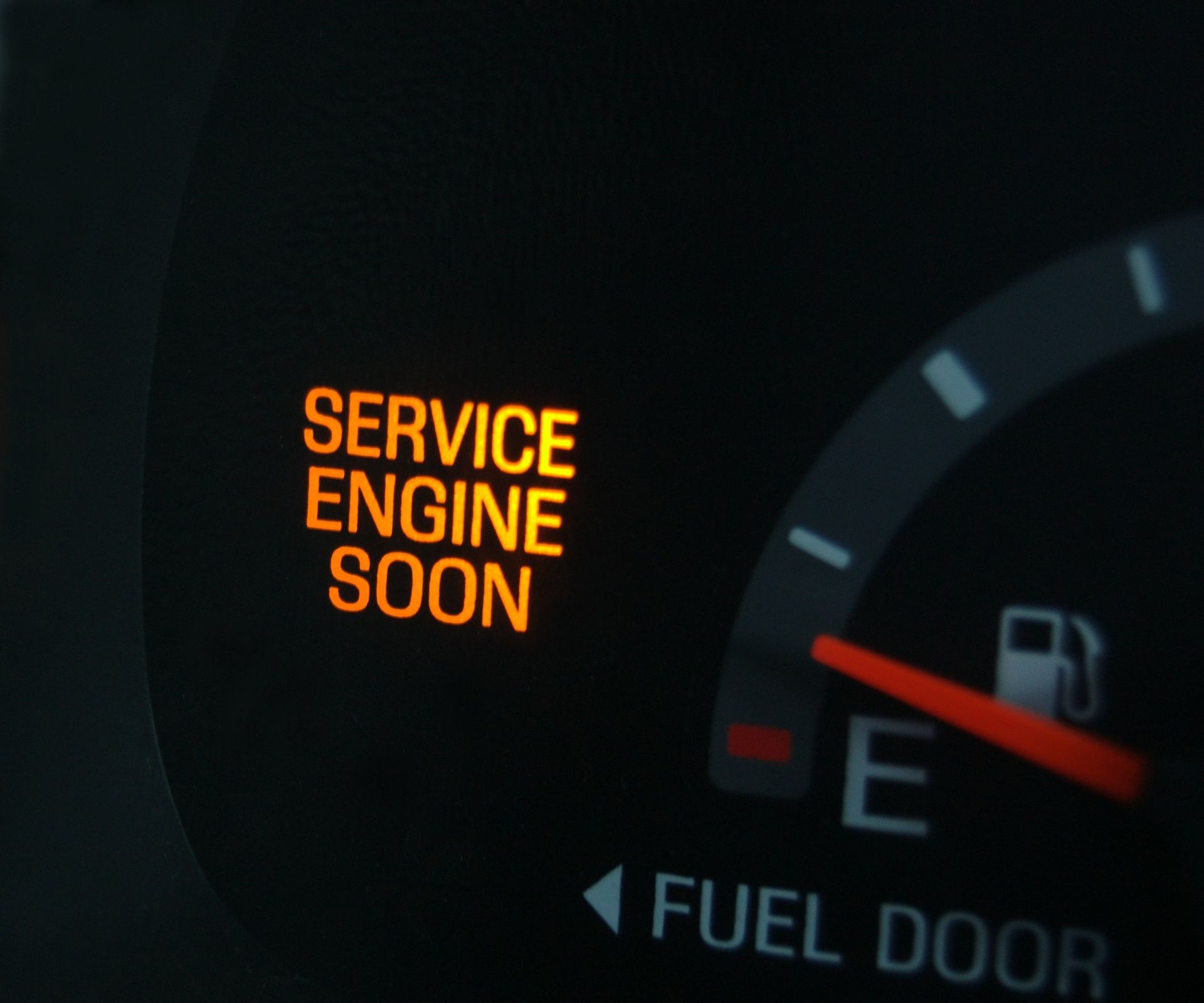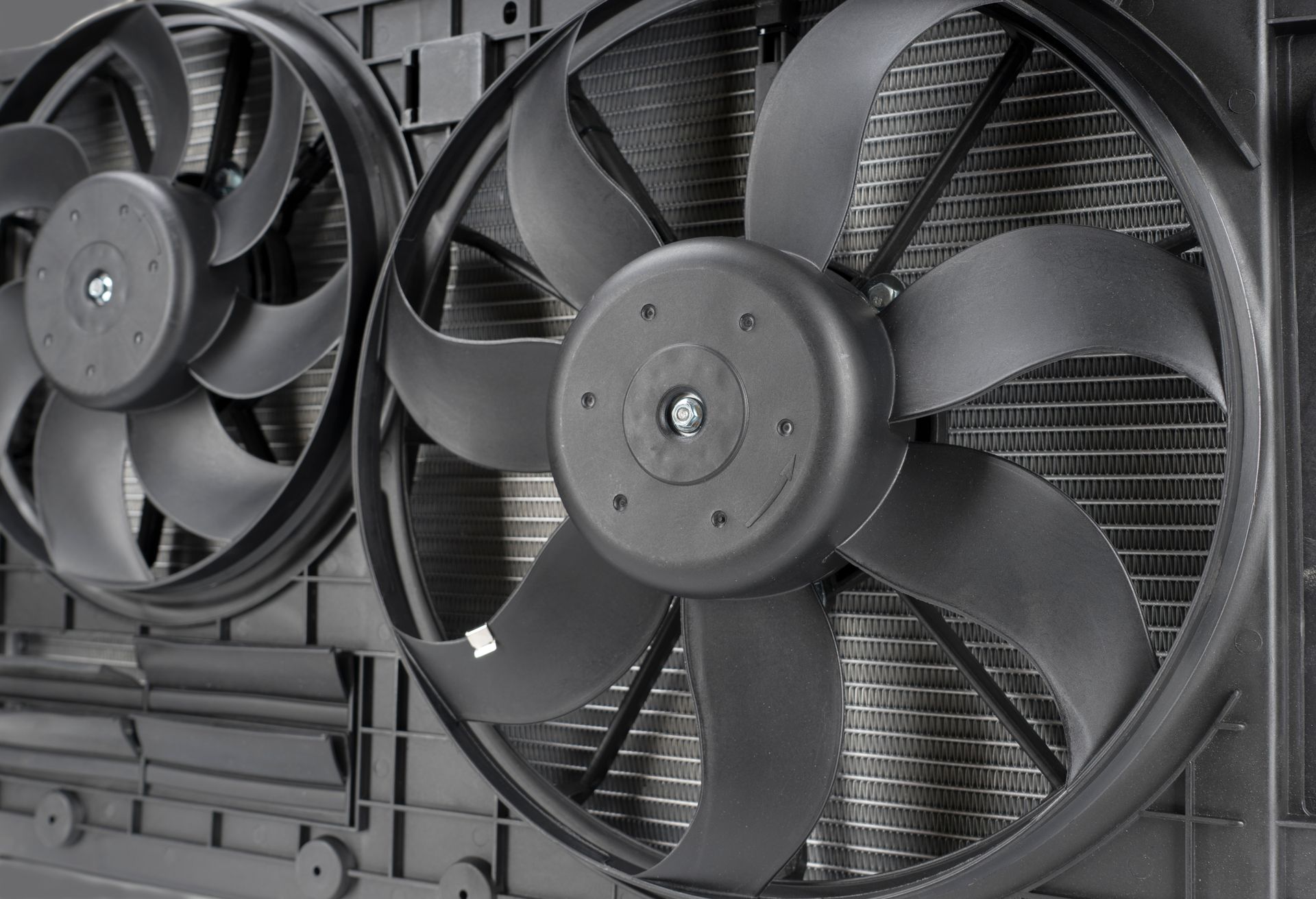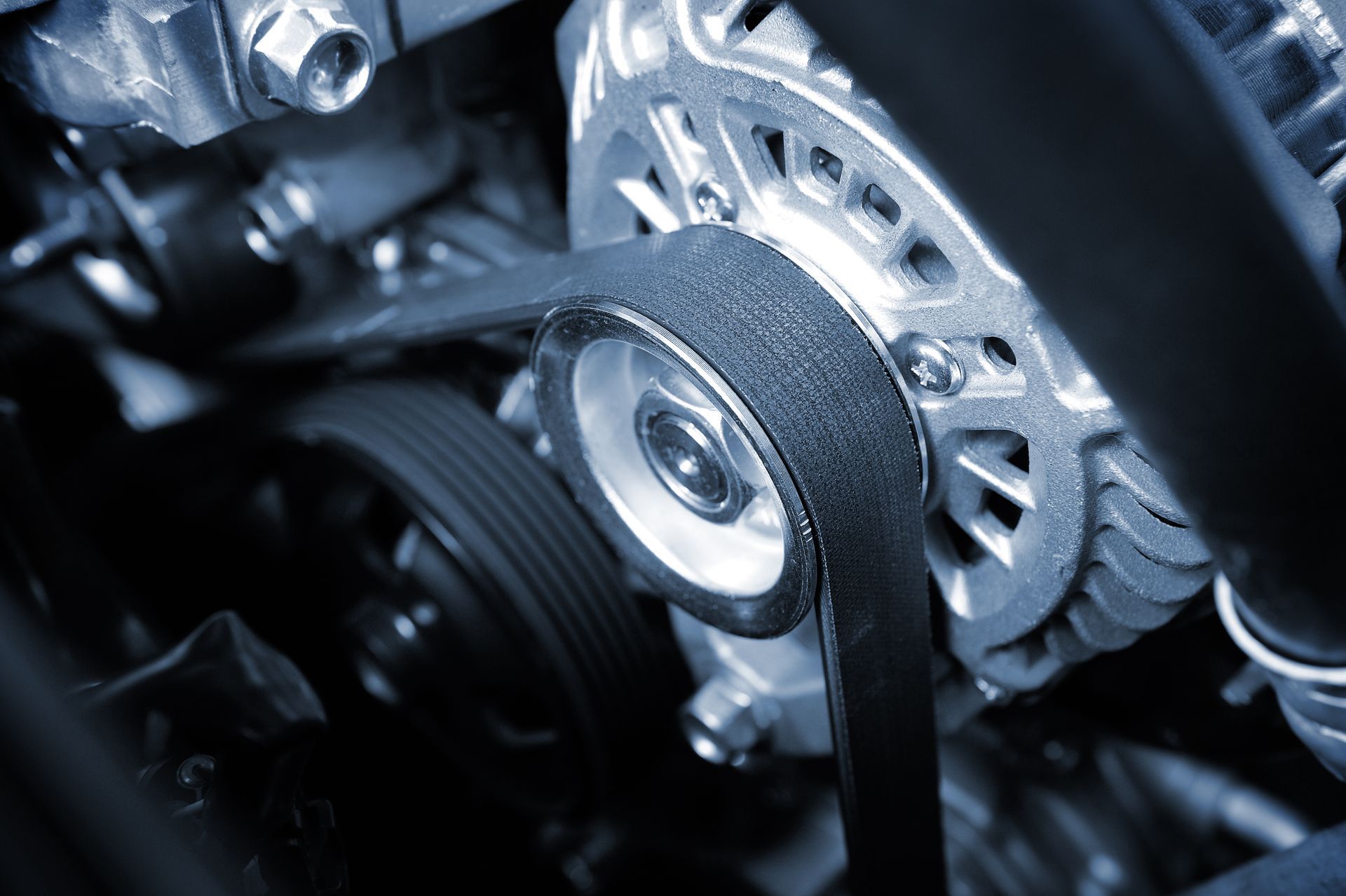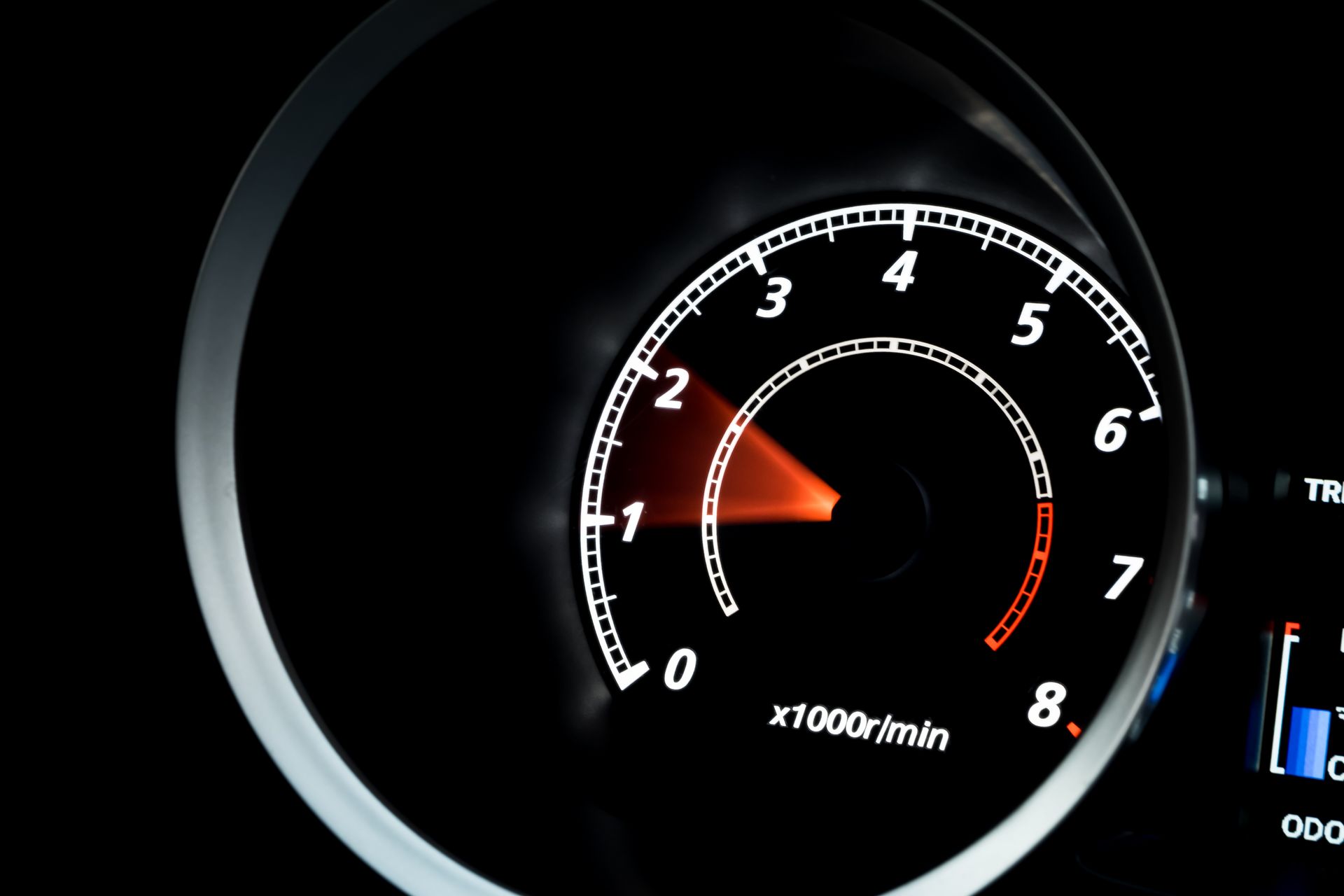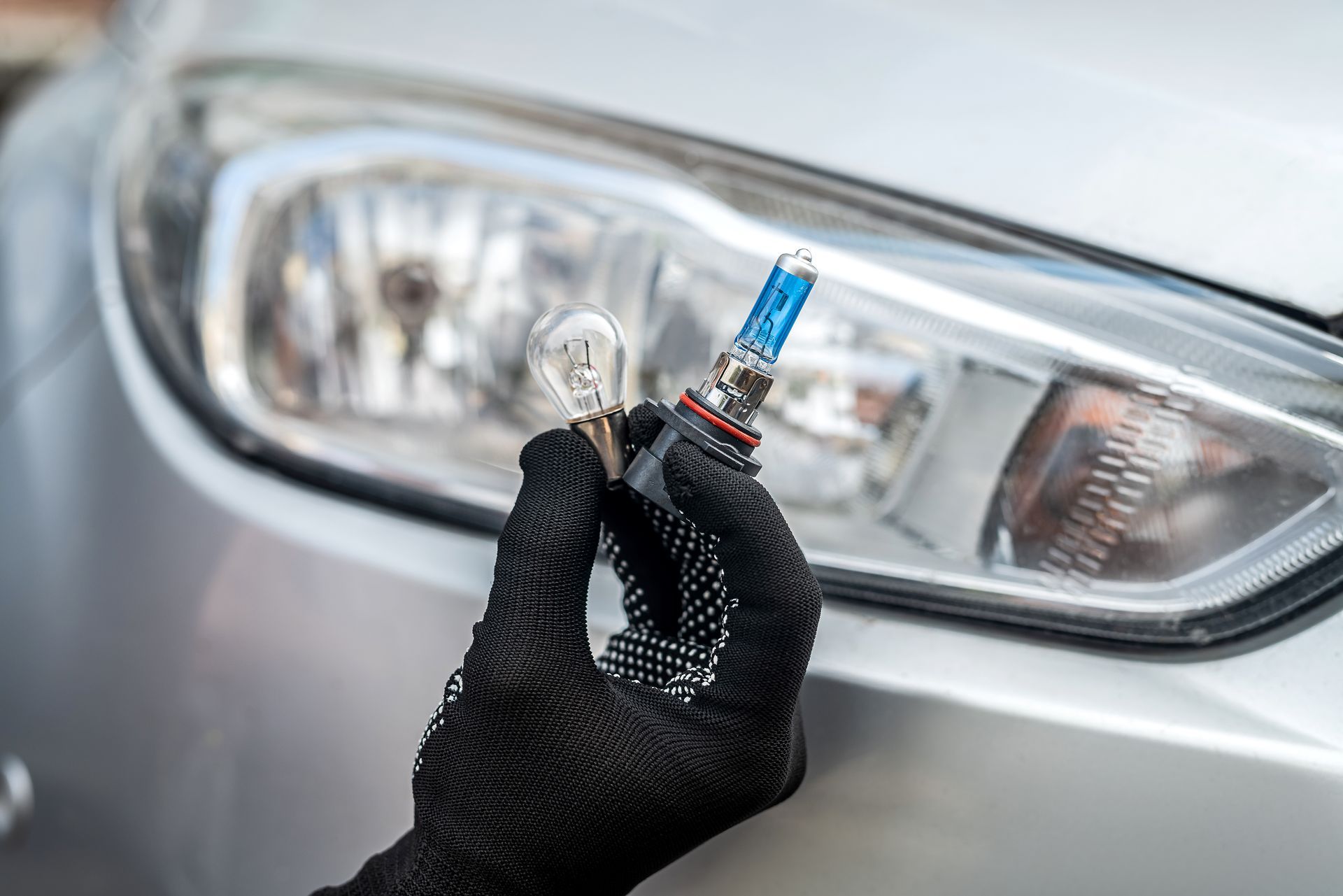Understanding how and when to check your tire pressure is crucial, as underinflated tires may wear out prematurely. Checking the tire's pressure is important to prevent accidents, avoid uneven tire wear, and improve fuel economy.
You will need a tire pressure gauge to check the recommended tire pressure. Checking the pressure when the tires are cold is recommended since hot tires might change the pressure. Thus, checking the pressure first thing in the morning or after three hours is advisable if you have already driven the car for the tires to cool down.
Here are the steps for checking your tire pressure.
- Remove the cap covering the tire's air valve and keep it where you won't lose it.
- Firmly press the tire gauge against the exposed valve stem for a few seconds. Hearing an air hiss is normal.
- Check the air pressure gauge. When using a digital gauge, the readings will be displayed on a screen, and when using a manual gauge, the pressure is shown by a bar or a dial that shows how far it has been pushed out.
- Compare the value to the tire pressure that is recommended.
- Change the air valve cap on the tire. (Delay on this step if the air pressure needs to be adjusted.)
- Repeat the steps for every tire.
It is crucial to check the tire pressure using the same gauge at least once a month. You should also check the pressure after driving on rough terrain or running over a sharp object. Tires are, generally, the most crucial parts of your vehicle. They are actually where the road and the rubber meet. Regular checkups and tire maintenance are necessary for your vehicle to operate safely and reliably.
If you need help bringing your tires back to the proper pressure, we call on you to bring your car to
General Automotive Servicenter in Gaithersburg, MD today!

